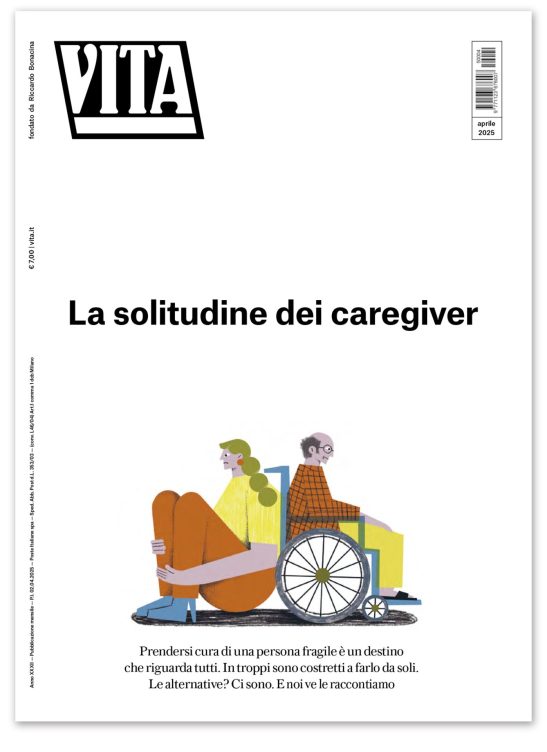Non profit
A bottom up approach to drugs
Aiyanas Ormond of VANDU talks about campaigning to change the conditions facing drug users in Vancouver.
“VANDU continues to deal with the consequences of criminalizing poor people and criminalizing the drug use of poor people,” said Aiyanas Ormond, the program community organizer and volunteer coordinator of Vancouver Area Network of Drugs Users (VANDU) association.
VANDU is a member run organization located in the DTES. They were also one of the main groups who fought for the creation of Insite, a legal safe injection site for illicit drugs opened in 2003.
Few people outside of Canada are aware that Vancouver is home to one of the poorest neighborhoods in the country known as the Downtown East Side (DTES). Per capita income in the DTES is less than half that of the Canadian national average.
Hiding in the shadows of this neighborhood is a thriving grassroots movement. It first emerged in the mid 1990s, as a reaction to a health epidemic in the area.
According to a report on drugs in Vancouver done by The Urban Health Research Initiative, the number of new HIV infections has dropped from a high of 7.7 percent in 1997 to 2.4 percent in 2007.
Vita Europe spoke with Aiyanas Ormond to learn more about the organization and activism in the DTES.
Why is grassroots empowerment such an important part of the VANDU philosophy?
Our sense is that through participating in VANDU not only to people organize to transform some of the conditions that make their lives miserable, but through the process of participating people are empowered and their health, sense of well being and sense of self actually improves.
What are the big issues facing the DTES?
Well the big issue facing the Vancouver East Side is poverty. It is the poorest (off reserve) postal code in Canada. Historically it was a poor neighborhood where a lot of single men working seasonally lived, so a reserve of cheap hotel accommodations developed. There has always been drug addiction in the DTES but recently we’ve watched it become an epidemic. The DTES has a really super high concentration of people who use drugs.
Who are the VANDU members?
The criterion to become a member of VANDU is that you are a current or former user of illicit drugs. The majority of our members are crack cocaine smokers, opiate users, heroine users or people who use pills illicitly for chronic pain.
What is the structure of the organization?
We have a really rigorous democratic process. There is an elected board of between twelve to fifteen members who meet 48 times a year. Board members are elected members. At our last annual general meeting about 150 members participated in electing the board, which is about as many people as we can cram into our tiny space here.
What is the story behind VANDU?
In the mid 1990s there was an epidemic of overdose deaths in the DTES. And at one point it was almost a person a day who was dying. People who lived here recognized the problems but nobody in power was doing anything about it. An early group of people, people who used drugs as well as activists, opened a non official supervised safe injection site. They created a safe place for people to use drugs and get away from the cops.
What did VANDU look like in the early days?
A lot of the early action was just around brining attention to the health crisis and the need for harm reduction programs like needle trades. The VANDU members in those early days would regularly go to meetings of the local health authorities and ask them questions. Then one of the founding members of the group, Bud Osborn, was nominated to sit on the regional health authority board. That was a big step forward for us. He was able to have a lot of influence in setting policy and in creating some of the current harm reduction programs in the DTES, like needle exchanges.
How do you feel looking back over the past 10 years? Is VANDU proud of the impact that it has had?
Yeah, people are defiantly really proud of what we have been able to do and people still feel empowered by the work that we are doing. In terms of the historical perspective, things like the safe injection site we understand as a kind of partial victory. It is a good thing to have, but we still have people sitting out on the street shooting up because they can’t get in. It’s just not a large enough facility.
What kind of day to day impact do you feel VANDU is able to have?
We run a lot of campaigns around more basic issues, for example we just had a fairly intense campaign around a discriminative rule involving the DTES welfare branch and the welfare crisis plan. Campaigns like that really make people feel empowered, empowered because they participated and empowered because they were the drivers of a campaign. In the case of the welfare campaign, it was a member who brought the issue up at a meeting, we talked about strategy and then we went as a group down to the welfare office to talk to the supervisor. So we had all of these interactions where the people were really driving it. Plus we were successful. The welfare office changed their policy.
Si può usare la Carta docente per abbonarsi a VITA?
Certo che sì! Basta emettere un buono sulla piattaforma del ministero del valore dell’abbonamento che si intende acquistare (1 anno carta + digital a 80€ o 1 anno digital a 60€) e inviarci il codice del buono a abbonamenti@vita.it
